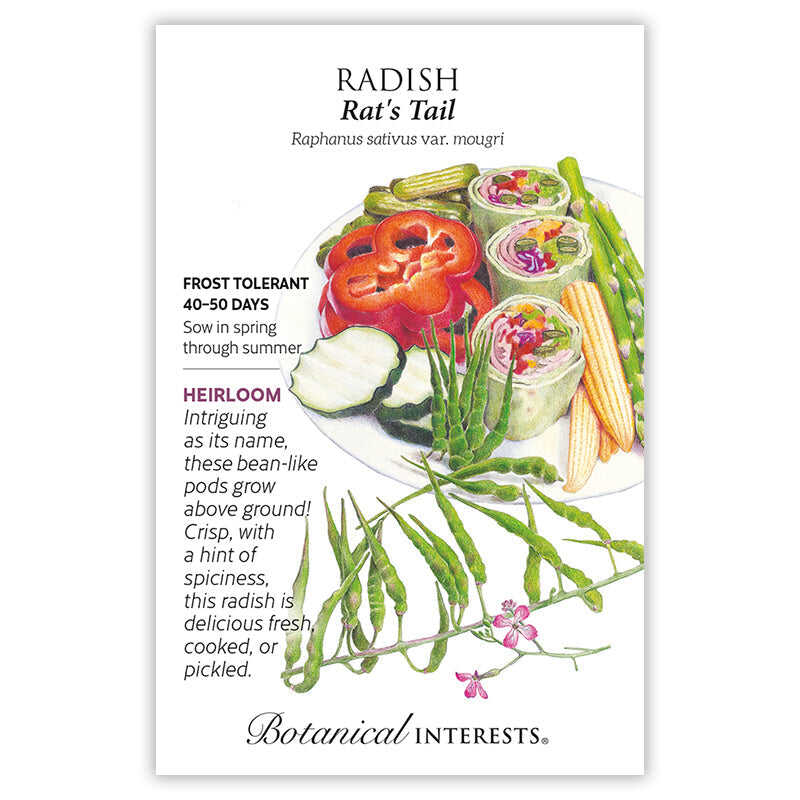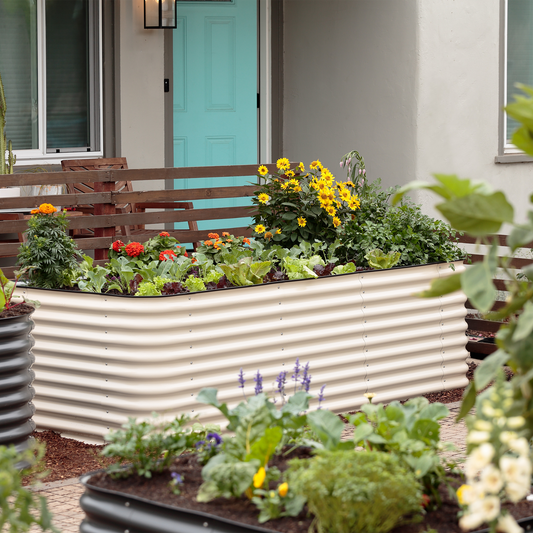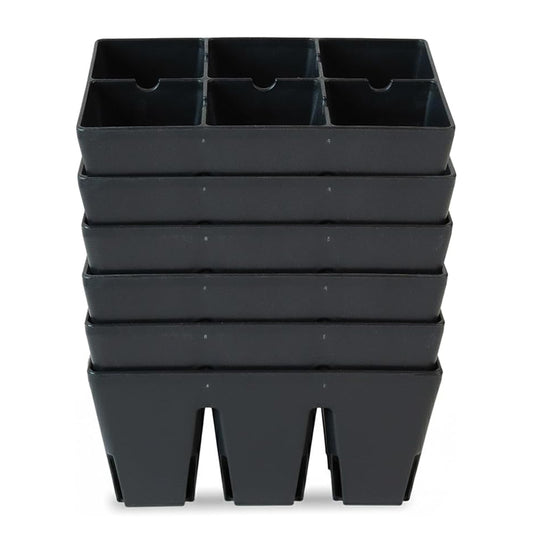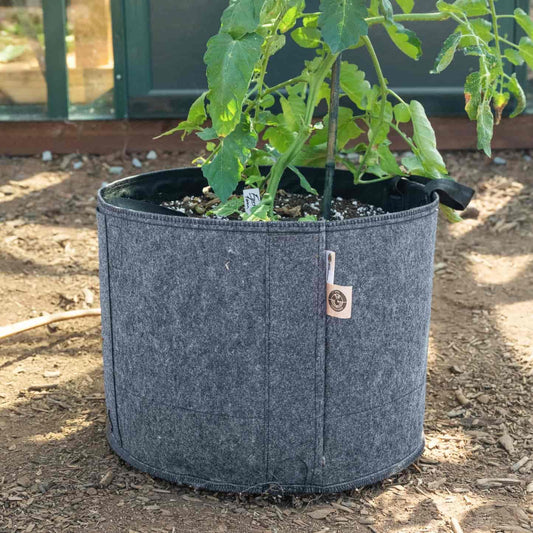


Your hardiness zone is
- Variety Info
- Sowing Info
- Growing Info
Variety Info
Days to Maturity: 40–50 days
Family: Brassicaceae
Native: Unknown
Hardiness: Frost-tolerant annual
Exposure: Full sun to part shade
Plant Dimensions: 2'–5' tall, 12" wide
Variety Info: Slender, green 3"–12" pods with a mildly spicy flavor similar to root radishes. Pods will grow to 12", but best enjoyed at 3"–6". Rat's Tail radish is closely related to the common root radish, but it is an aerial radish that does not produce an edible root. Instead, it produces edible seed pods above ground. It can be grown in the spring, but also during the summer, as it withstands heat well. 'Rat's Tail' will not produce pods when temperatures fall below 45°F.
Attributes: Frost Tolerant, Heat Tolerant
Sowing Info
When to Sow Outside: RECOMMENDED. 4 to 6 weeks before your average last frost date, and when soil temperature is above 40°F, ideally 65°–85°F. Successive Sowings: Every 1 to 2 weeks until mid-summer.
When to Start Inside: Not recommended; roots sensitive to disturbance.
Days to Emerge: 5–10 days
Seed Depth: ½"
Seed Spacing: A group of 3 seeds every 6"–12"
Row Spacing: 24"
Thinning: When 1" tall, thin to 1 every 6"–12"
Growing Info
Harvesting: Harvest pods when they are 3"–6" long. Harvest regularly to keep plants producing pods. Larger pods become hard, tough and bitter tasting so they should be picked and discarded to boost production of new pods.











